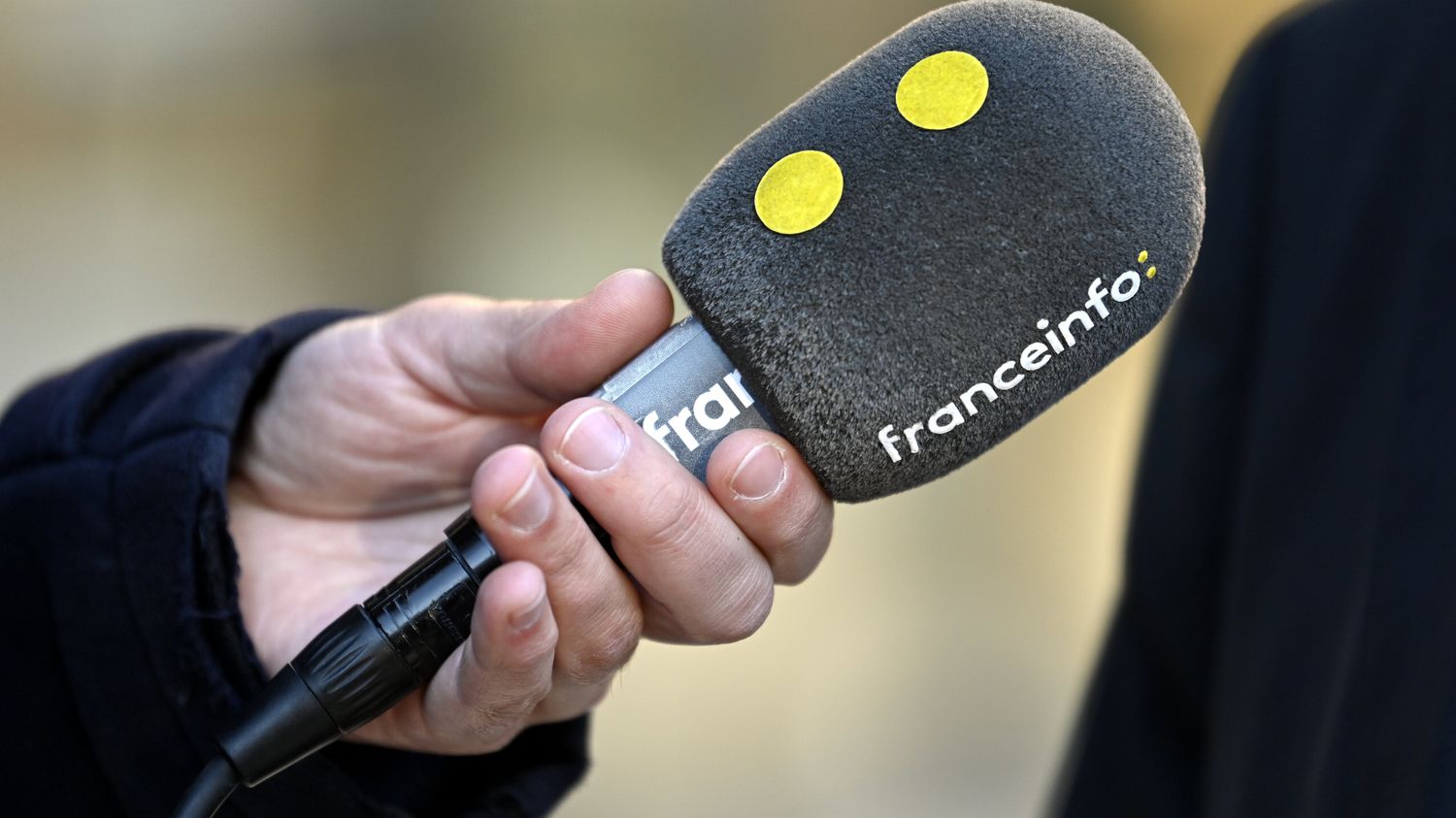The spokesperson for the Tagaday platform estimates that it will take 30 years for women and men to have the same speaking time in the media.
“One in five people interviewed in the media is a woman”, notes Jean-Maurice Galicy, the spokesperson for the Tagaday platform, invited Wednesday March 8 on franceinfo. On the occasion of International Women’s Rights Day, the platform delivers its 11th Observatory on parity in the media. Among the sectors or headings where women are the least visible, there are “the business world”, where they represent only one “very thin 1%” of respondents”.
franceinfo: What are the results of your 11th Media Parity Observatory?
Jean-Maurice Galicy: We are still quite far from parity. We have 21.4% of women present in the media in the first two months of 2023, compared to 20.4% in 2022. One in five people interviewed in the media is a woman according to our ranking. If we try to have a positive note, we can look back on the last years. We had at the lowest 15% of women in 2015 and today we have 21%. To a certain extent, we are progressing. It’s neither linear nor overwhelming, but there is real progression.
“At this rate, it takes thirty years to reach parity in the media.”
Jean-Maurice Galicyon franceinfo
What is the sector of the media where women express themselves much less than men?
In the category of business media, business, around the corporate world, we are on a very meager 1% of women. It is mainly linked to the fact that the written, regional, national press or the audiovisual media are linked to what is happening in society. It is clearly a question of representations: if there are fewer women who lead, there will necessarily be fewer possibilities for them to be questioned. We have, for example, only three women who run CAC 40 companies. Although there are more women on boards of directors today, many female managers have told me that men respond more easily to requests media, where women hesitate more.
Hasn’t the liberalization of speech with MeToo brought profound change?
We expected a bigger change. We see that there is a click, because we go from 19% before MeToo, to 21% today, but it is not a gigantic leap. It is not up to what one could imagine. Now there are also initiatives in the media that show interesting results. The Ouest-France newspaper does a real accounting of its interviews with women. This media is now 36% female respondents. Radio France has also implemented a diversity charter for its stations.
